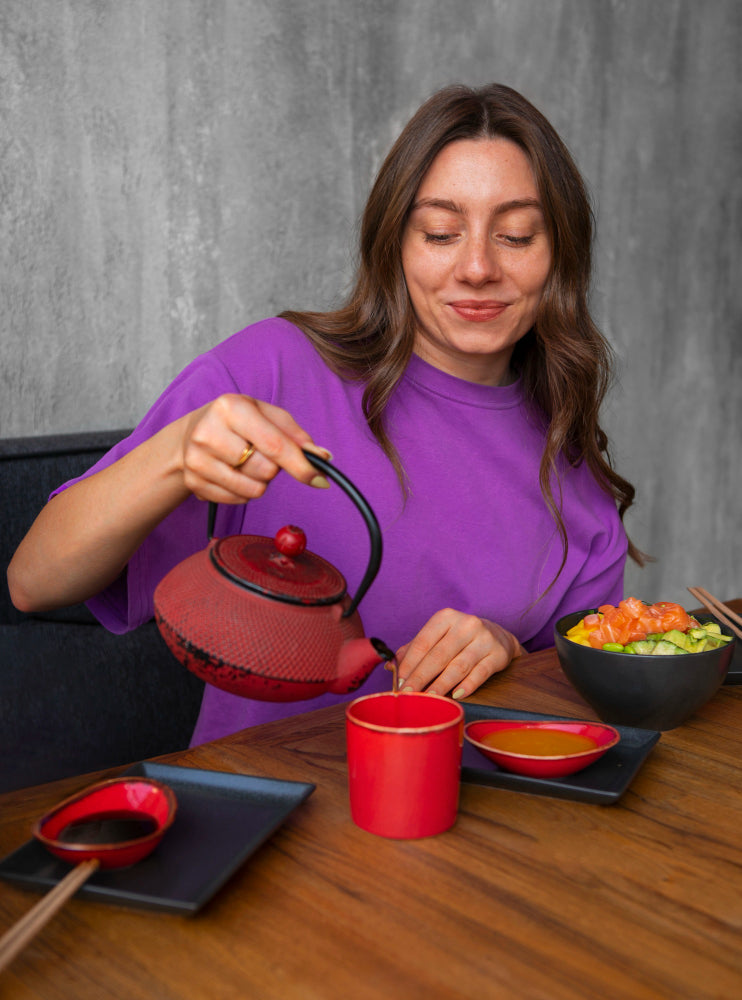Tea Culture and History
What do a Japanese monk, a British duchess, and an Indian street vendor have in common? Tea. Across centuries and continents, tea has been more than just a drink—it’s a quiet ritual, a symbol of comfort, and a thread that binds cultures together. Whether shared in silence or passed between strangers, tea carries stories of care, connection, and craftsmanship. In every cup, there's a history steeped in tradition—and a moment of humanity.
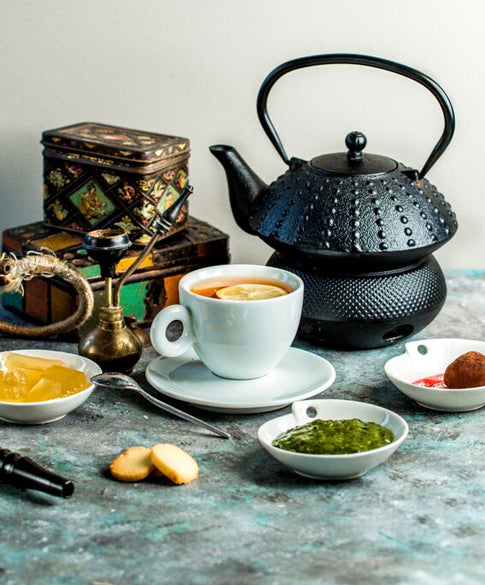

Few beverages have the power to transcend cultures, centuries, and continents like tea. From the windswept mountains of China to the bustling bazaars of India, the serene tea houses of Japan, and the comforting English afternoon teas, this humble infusion has become a symbol of connection and hospitality worldwide.
Tea: A Global Ritual of Unity and Tradition
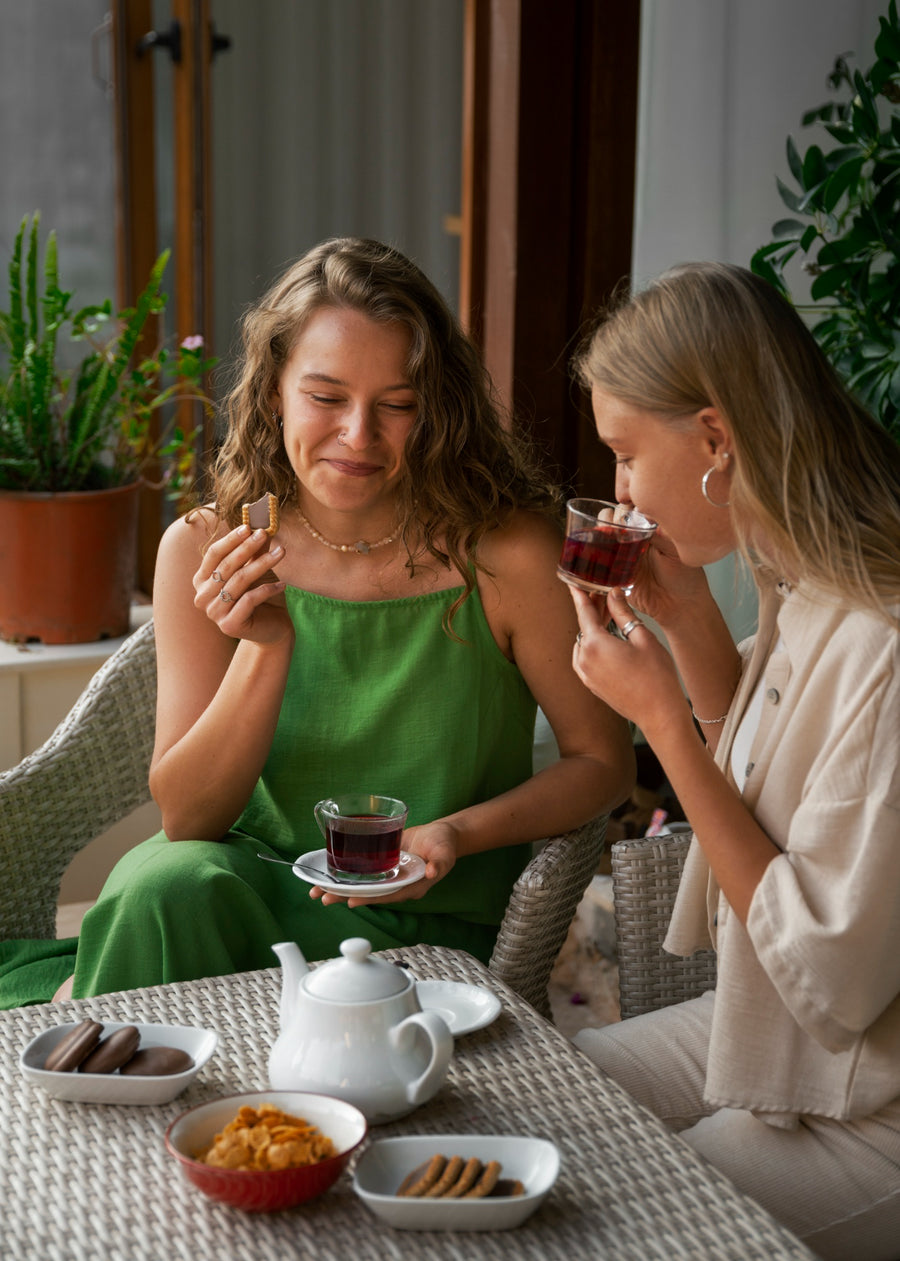

Tea’s journey began over 5,000 years ago in ancient China, with the legendary Emperor Shen Nong, who discovered its captivating aroma when a tea leaf drifted into his boiling water. By the Tang Dynasty (618–907 CE), tea had become a cultural cornerstone in China, celebrated as both a beverage and an art form.
As it traveled along the Silk Road, tea reached Japan, inspiring the Japanese tea ceremony, chanoyu—a practice rooted in mindfulness and simplicity. In the Middle East and North Africa, tea is traditionally served in ornate teapots with sugar and mint, symbolizing warmth and hospitality. By the 17th century, tea had reached Europe, where it enchanted Britain and gave rise to the iconic afternoon tea—a reflection of British cultural identity.
A Sip Through History

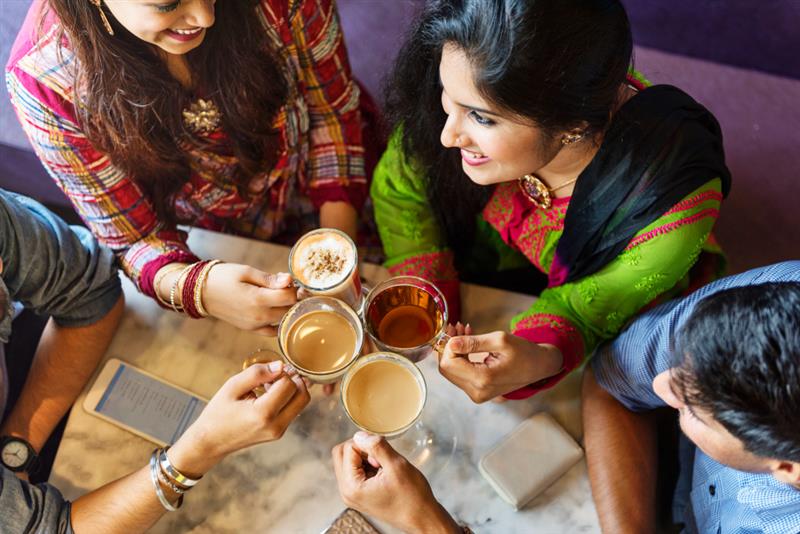
Tea’s beauty lies in its universality. In India, chai pulses through everyday life. In Turkey, çay fosters connection, poured into tulip-shaped glasses. In Russia, the samovar gathers families together.
Around the globe, each tea tradition reflects its culture’s values—from the serenity of a Japanese tea ceremony to the casual comfort of a British tea break.
Today, tea symbolizes mindfulness, health, and community. Whether it’s green, black, oolong, or herbal, there’s a tea for everyone. Enthusiasts embrace both ancient rituals and modern trends—from cold brewing and bubble tea to matcha lattes and tea-infused cocktails.
Each sip connects us to the hands that cultivated and prepared it, weaving centuries of stories into a single, shared moment. Tea is more than a beverage—it’s a bridge between worlds.
A Cup That Knows No Borders

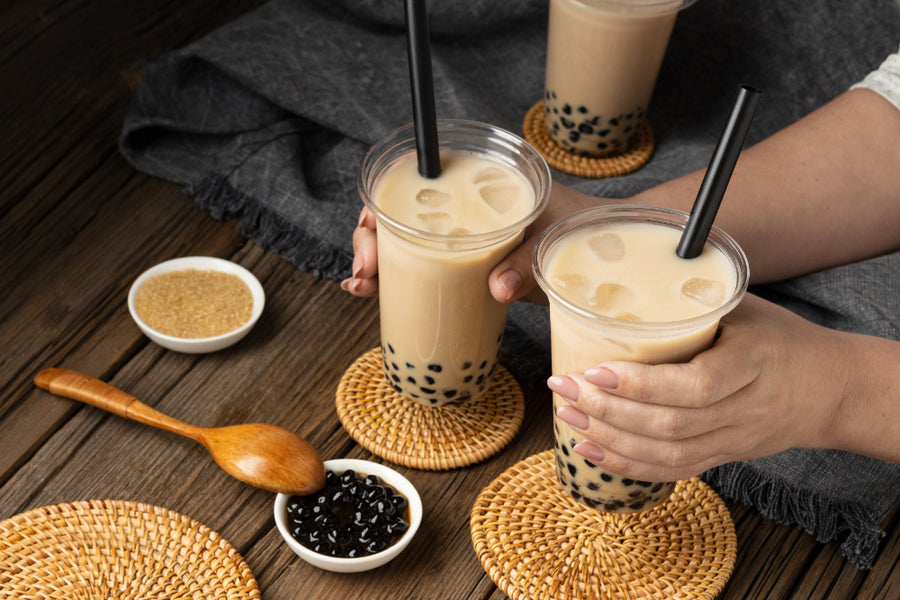
Today, tea lives at the crossroads of tradition and innovation. Classic favorites like robust black CTC tea are praised for their strength and versatility. Blending CTC with Darjeeling creates a harmonious mix of boldness and floral aroma, while pairing it with Assam Orthodox adds depth and richness—honoring heritage while exciting the modern palate.
Innovation continues to redefine the tea experience: cold brews highlight delicate notes, while bubble tea, matcha lattes, and creative tea cocktails offer playful, contemporary spins on the ancient brew.
At its core, tea remains a universal symbol of comfort, resilience, and connection—a simple ritual passed across cultures and generations, telling timeless stories in every cup.
Tea in the Modern World
